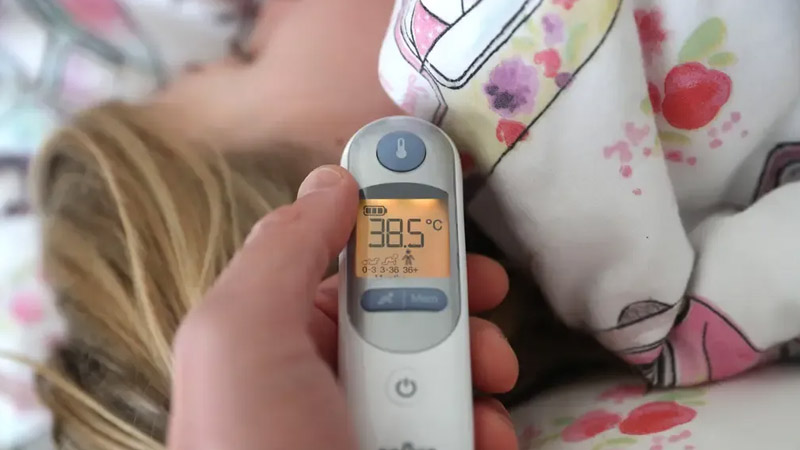
Cases of Scarlet Fever Triple in Just One Week: Key Warning Signs and Symptoms to Look For

A sharp rise in scarlet fever cases in Wales has raised alarms, with the number of reported infections doubling in just one week, signaling a potential repeat of the previous year’s unusually high outbreak rates.
During the last week of October, health officials in Wales reported 55 confirmed cases, a significant jump from the 26 cases recorded the preceding week. This increase continues a trend that started in early September, accumulating a total of 214 cases by mid-September.
England, however, is experiencing “normal levels of activity” for scarlet fever, with the UK Health Security Agency registering 1,333 cases in the initial six weeks of their monitoring season, which spans from September to September annually, WalesOnline reported.
The surge comes on the heels of the 2022-2023 season’s record-breaking infection rates, which saw an astounding 61,442 cases, dwarfing the previous high of 30,768 cases in 2017-18. The sharp spike witnessed across the UK last winter contributed to a total of 28,500 scarlet fever cases reported by September 2023, nearly double the count from the same period the previous year.
While the recent increase to 55 cases in Wales is not immediately alarming—considering the peak of over 850 weekly cases observed in December last year—the trend is being closely watched. Health authorities are particularly vigilant as the winter months approach, wary of a possible repeat of last year’s spike.
Scarlet fever typically manifests as flu-like symptoms, including fever, sore throat, and swollen neck glands, followed by a rash within 12 to 48 hours. The disease mainly affects children between two and eight years old, with most developing immunity by age ten. When treated with antibiotics, scarlet fever rarely leads to complications.
The characteristic symptoms to watch for include sore throat, headache, fever, nausea, and vomiting, followed by a fine red rash that begins on the chest and stomach and quickly spreads. The rash may feel rough, similar to sandpaper, and may be less visible on darker skin but can still be felt.
The face can be flushed red but pale around the mouth.
You should see a GP if you or your child:
- have scarlet fever symptoms
- do not get better in a week (after seeing a GP)
- have scarlet fever and chickenpox at the same time
- are ill again, weeks after scarlet fever got better – this can be a sign of a complication, such as rheumatic fever
- are feeling unwell and have been in contact with someone who has scarlet fever
Scarlet fever can be treated with antibiotics. If your child has scarlet fever, they should stay away from school or nursery for 24 hours after taking the first dose of antibiotics.
